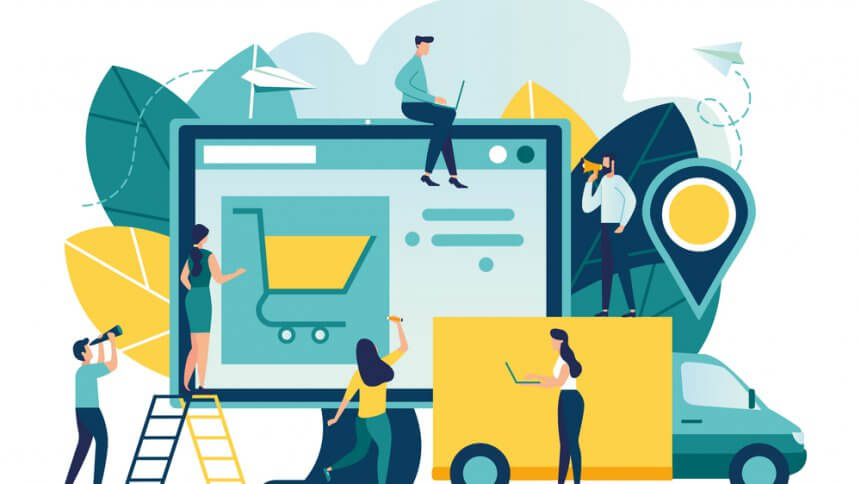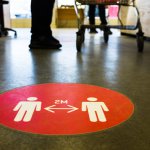How the low touch economy could play out for retailers

- The low touch economy refers to the newly imposed restrictions and constraints that will dictate the direction of retail
- Retailers are turning to next-gen technology to improve product marketing while abiding by minimal contact conventions
With cities and communities on the path to reopening, retailers and offices are faced with new challenges in reducing person-to-person contact. As coined by the Board of Innovation, the idea of “low touch economy” pinpoints the drastic change in the way businesses must operate and the impact this could have on the marketplace.
It comprises anything, from the move of F1 drivers to esports, the use of police helmets with infrared vision to UV cleaning robots, among much more.
Businesses embracing the low touch economy will see more regular cleaning in storefronts, reliance on automation or robots to overtake repetitive tasks, and having employees work remotely. For example, a growing trend of restaurants swapping menus to QR codes is one of the clear signs of low touch economy.
As for retailers, the low touch economy will bring new challenges, but also opportunities for businesses to be creative and innovative. One of the challenges for retailers is the need to create a “contactless” shopping experience.
Jason Gregory, managing director for FastKey at Singapore-based online property listing platform, PropertyGuru, recently told ZDnet that there is evidence of an appetite for in-store experience, especially for BITs (big-tickets items). He hinted the adoption of immersive technology such as virtual reality (VR) and augmented reality (AR) may help retailers enhance the shopping experience.
Global brands have been quick to adopt next-gen tech to meet consumer expectations. For instance, furniture and bedding company Malouf recently developed a 3D virtual tour of the company’s permanent showroom in Las Vegas. Businesses and shoppers are treated with a 3D tour and can explore the 35,000-square-foot space and the company’s broad product line.
Clothing brands such as Diesel are among the many that offer shoppers 3D-inspired experiences online as well. Recently, Diesel launched a virtual showroom named HypeRoom, modeled after its flagship store in Milan to offer shoppers a one of a kind digital shopping experience.
Shoppers can view, rotate, and “interact” with products online with 360-degree displays. The 3D realization of products is implemented with product descriptions as well.
Besides virtual showrooms, leading retailers are also tapping on immersive technology to boost the online shopping experience. Luxury brand Gucci has worked with Snapchat to let shoppers virtually try on a pair of shoes via AR technology.
The health and beauty industry is one that’s by its nature, very tactile – consumers want to experiment and get hands-on with a wide range of products, get personal advice from salespeople and see and see items up close. None of this has been possible amid the pandemic.
But that’s driven many in the industry to explore how technologies like AR can fill the gap without the need for customers to leave their homes.
Cosmetics giant MAC introduced a Virtual Try-On feature in partnership with YouCam, allowing customers to ‘try on’ various products via pictures and live videos, before making a purchase.
L’Oreal India managing director, Amit Jain, said that as a result of the market impact and changing consumer habits of the pandemic, the firm’s CEO had set a global mission for the brand to “evolve from a beauty to a beauty technology company.”
“We are working with platforms to get consumers to interact with our brands in what’s going to be a low-touch economy. You make sure that they get a similar experience of virtual trials. The low-touch part of it is going to be about VR and AR experiences for consumers that will pick up,” he said.
Essentially, 3D technology in product display, and even marketing, offers retailers an alternative way to engage with consumers, who are also given a chance to ‘interact’ with products and relive the nuances of in-store experience. This digital-first approach is set to address the challenges of businesses operating in a low-touch economy but also propel retailers to scale up experiential e-commerce.
Retailers have and will continue to be bound by the restrictions and anxiety posed by COVID-19, even as the threat begins to dissipate in the longer term. But by seizing on the opportunities to innovate, entirely new experiences can be shaped.










